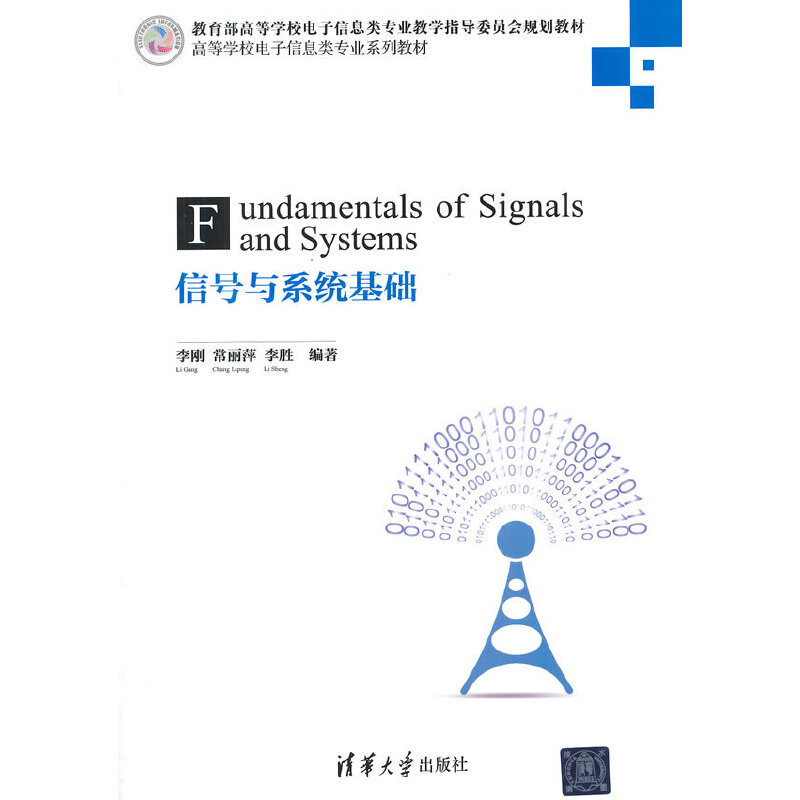建筑结构抗震设计 / 高校土木工程专业规划教材
作者: 周颖
出版时间:2017年3月
出版社:中国建筑工业出版社
- 中国建筑工业出版社
- 9787112200023
- 1-1
- 106159
- 0047171356-0
- 平装
- 小16开
- 2017年3月
- 230
- TU352.104
- 土木工程
- 本科
This book can serve as a guide for instructors, graduate students and practicing engineers. We hope it will contribute to the teaching of earth-quake engineering and its applications to practice, as well as to the formula tion and evolution of research programs.
Chapter 1 Fundamental Knowledge of Earthquakes and Ground Motions
1.1 Earthquakes
1.2 Seismic waves
1.3 Earthquake magnitude and intensity
1.4 Earthquake characteristics and hazards in China
1.5 Seismic protection for engineering structures
Chapter 2 Site, Subsoil and Foundation
2.1 Introduction
2.2 Site
2.3 Seismic subsoil and foundation check
2.4 Soil liquefaction
Chapter 3 Structural Seismic Response of Single-Degree-of-Freedom and
Multi-Degree-of-Freedom Systems
3.1 Free vibration of SDOF systems
3.2 Forced vibration of SDOF systems under an arbitrary load
3.3 Numerical computation for the seismic response of SIX)F systems
3.4 Seismic design response spectrum
3.5 Nonlinear seismic response and calculation of SDOF systems
3.6 Free vibration of multi-degree-of-freedom systems
3.7 Mode Superposition method for MDOF systems
3.8 Horizontal seismic effect and response of MDOF systems
3.9 Earthquake response history analysis for MDOF systems
Chapter 4 Seismic Action and the Basic Principles of Seismic Design for
Building Structures
4.1 Building classification and seismic fortification
4.2 Seismic conceptual design
4.3 Calculation methodology of seismic action
4.4 Seismic check
Chapter 5 Seismic Design of Reinforced Concrete Building Structures
5.1 Introduction
5.2 Seismic damage and analysis of Reinforced Concrete buildings
5.3 Structural systems and seismic grading
5.4 Seismic design of reinforced concrete frames
Chapter 6 Seismic Design of Masonry Building Structures
6.1 Introduction
6.2 Design criteria
6.3 Basic seismic design for multi-story masonry buildings
6.4 Basic seismic design of a multi-story masonry building with a frame
system for the ground floor
6.5 Dimensional limitation
6.6 Construction measures
Chapter 7 Seismic Design of Steel Building Structures
7.1 Introduction
7.2 Seismic design of multi-story and high-rise steel structure buildings
7.3 Seismic design of a single-story steel factory
7.4 An example of seismic design
Chapter 8 Seismic Design of Non-structural Elements
8.1 Introduction
8.2 Basic requirements in seismic calculation
8.3 Seismic measures of architectural non-structural elements
8.4 Seismic measures for mechanical and electrical equipment
support
8.5 Simplified seismic analysis method
Chapter 9 Introduction to Seismic Isolation and Energy Dissipation for Building
Structures
9.1 Introduction
9.2 Base isolation for building structures
9.3 Seismic energy dissipation for building structures
Reference










